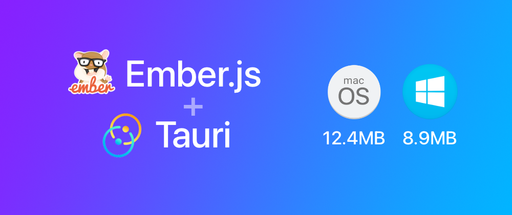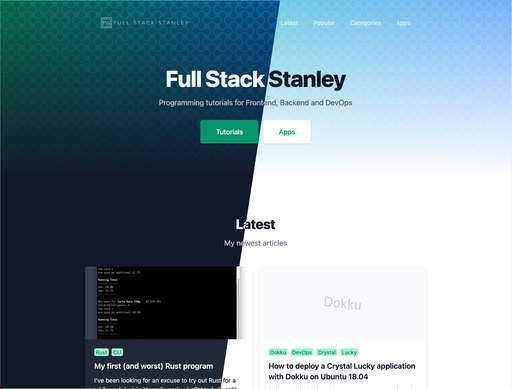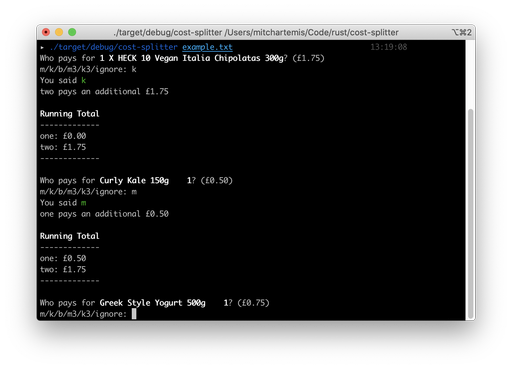In the last article I went through how to implement authorisation with Ember-simple-auth and Padrino. The next logical step is to implement authorisation with the same toolset.
You can view the full source for the application on Github
Ember
On the Ember side of things it couldn't be easier to implement.
All we need to do is open up our configuration (app/config/environment.js) and add the authorizer property to our simple-auth environment variable.
ENV['simple-auth'] = {
routeAfterAuthentication: 'posts.index',
routeIfAlreadyAuthenticated: 'posts.index',
authorizer: 'simple-auth-authorizer:devise'
};
Let's take a look at the header request for the posts API when we aren't logged in
Now let's compare that to when we are logged in
As you can see: authorisation is sent with our email and our token. This will occur on every request so it's up to you to decide with Padrino which API requests need guarding or filtering.
Before we move on to the Padrino section of this article I think it's important for you to be aware of one important feature of Ember-data.
By convention Ember will use something similar to this line of code to fetch a specific post.
store.find('post', 15)
This request queries the server if the post hasn't already been loaded. If the user has viewed the list of posts then it will have been. Therefore there will be no authorisation checks. With this in mind make sure that you filter out data in the API rather than in Ember.
Padrino
I want to mention a sweet tip when working with APIs in Ruby.
return JSON.pretty_generate(request.env)
If you can't find something that you think should be in the request there is no nicer way of formatting your request. There's also the pretty print library but that will only give you output in your command line.
Ember-simple-auth-devise sends the following to our API when we're logged in
"Token authentication_token="gDXbsrbDq2H9CKKG42Ts0A", email="admin@admin.co.uk""
It isn't the easiest string to parse but taking a little inspiration from Rail's HttpAuthentication module I came out the other end with this as my models/user.rb file.
require 'bcrypt'
require 'securerandom'
class User < Sequel::Model
Sequel::Model.plugin :timestamps
attr_reader :readable_token
def before_create
self.password = BCrypt::Password.create(self.password)
generate_authentication_token
end
def self.sign_in credentials
user = self.first(email: credentials.fetch("email", ""))
return false unless user
return false if BCrypt::Password.new(user.password) != credentials.fetch("password", "")
user.generate_authentication_token
user.save
return user
end
def generate_authentication_token(user=false)
self.authentication_token = SecureRandom.urlsafe_base64(nil,false)
@readable_token = self.authentication_token
self.authentication_token = BCrypt::Password.create(self.authentication_token)
return
end
def self.authenticate(environment, parser=AuthorizationStringParser)
credentials = parser.new(environment).parsed_string
return false if credentials.nil?
user = self.where(email: credentials.fetch("email", "")).first
return false unless user
return BCrypt::Password.new(user[:authentication_token]) == credentials.fetch("authentication_token", "")
end
end
class AuthorizationStringParser
attr_accessor :parsed_string, :environment
def initialize(environment)
@environment = environment
end
def parsed_string
parsed_string ||= parse_string
end
protected
def parse_string
raw_param_string = environment.fetch("HTTP_AUTHORIZATION", "")
raw_param_string.gsub(/Token\s|"|,/, "").split(' ').map { |key_value| key_value.split(%r/=(.+)?/) }.to_h
end
end
On lines 32-38 we have the new self.authenticate method which takes the request.env (or any hash for that matter). I chose pass the environment in as request is not available in the model and I didn't feel it was the controller's responsibility to handle parsing the token string.
It's also much nicer to just call User.authenticate request.env and let the model sort out the details. You could argue that it's not the model's responsibility to do this either. If the application was larger I would consider creating a user repository to do it instead.
On line 32 we reference a new class (which is defined on lines 41-56) . This AuthorizationStringParser is responsible for... parsing the authorisation string.
Between 34 and 36 we check if the credentials exist and if the user's email exists in our database.
Finally on line 37 we use Bcrypt to check if the token that's sent is valid.
Now we should open up our posts controller at app/controllers/posts.rb and set the appropriate permissions for our API.
require 'json'
Api::App.controllers :posts, map: "api/v1/posts", conditions: {:protect => true} do
def self.protect(protected)
condition do
unless User.authenticate request.env
halt 403, "No secrets for you!"
end
end if protected
end
get :index, map: "", protect: false do
@posts = Post.all
render "posts/index"
end
post :create, map: "" do
parameters = post_params
if parameters["post"].nil?
return '{}'
end
@post = Post.create parameters["post"]
render "posts/show"
end
get :show, map: ":id" do
@post = Post[params[:id]]
render "posts/show"
end
put :update, map: ":id" do
@post = Post[params[:id]]
if @post.nil?
return '{}'
end
parameters = post_params
@post.update parameters["post"]
render "posts/show"
end
delete :destroy, map: ":id" do
@post = Post[params[:id]]
@post.delete unless @post.nil?
end
end
def post_params
JSON.parse(request.body.read)
end
On line 3 we've added a new parameter, conditions: {:protect => true} and on lines 5-11 there's a new self.protect method which will be called before every route in the controller.
This is where we take advantage of our new User.authenticate method and return a 403 error for invalid authorisation requests.
On line 13 and 27 we have disabled protection so that the posts can be accessed with out being logged in. All of the other routes that edit the data require authorisation.
Tests
We best add some tests for our new authenticate method. Open up test/models/user_test.rb and add the following.
it "returns true when valid" do
params = { "email" => "admin@admin.co.uk", "password" => "testpassword"}
user = User.sign_in params
authenticated = User.authenticate({"HTTP_AUTHORIZATION" => "Token authentication_token=\"#{user.readable_token}\", email=\"#{user.email}\""})
assert_equal true, authenticated
end
it "returns false when invalid" do
params = { "email" => "admin@admin.co.uk", "password" => "testpassword"}
user = User.sign_in params
User.sign_in params
authenticated = User.authenticate({"HTTP_AUTHORIZATION" => "Token authentication_token=\"#{user.readable_token}\", email=\"#{user.email}\""})
assert_equal false, authenticated
end
it "returns false if no header is sent" do
params = { "email" => "admin@admin.co.uk", "password" => "testpassword"}
user = User.sign_in params
User.sign_in params
authenticated = User.authenticate({})
assert_equal false, authenticated
end
Tidying up Ember
At this point our authorisation is in place but it's hardly a good idea to leave all those buttons for adding, editing and deleting data lying around.
Let's change app/templates/posts/index.hbs to hide these buttons when the user's aren't logged in.
<h3>Latest Posts</h3>
<table class="table table-striped">
<tr>
<th class=“col-md-3”>Title</th>
<th class="col-md-3">Created at</th>
<th class="col-md-3">Last modified</th>
<th class="col-md-3">Actions</th>
</tr>
{{#each post in model}}
<tr>
<td>{{ post.title }}</td>
<td>{{ post.createdAt }}</td>
<td>{{ post.updatedAt }}</td>
<td>
{{#link-to 'posts.show' post classNames="btn btn-success"}}View{{/link-to}}
{{#if session.isAuthenticated}}
{{#link-to 'posts.edit' post classNames="btn btn-info"}}Edit{{/link-to}}
<button {{action 'delete' post}} class="btn btn-danger">Delete</button>
{{/if}}
</td>
</tr>
{{/each}}
</table>
{{#if session.isAuthenticated}}
{{#link-to 'posts.new' classNames="btn btn-primary"}}
New Post
{{/link-to}}
{{/if}}
We have already disabled viewing the new posts route in a previous article. We should do the same for the edit posts, too. Open up app/routes/posts/edit.js and add the AuthenticatedRouteMixin.
import Ember from 'ember';
import AuthenticatedRouteMixin from 'simple-auth/mixins/authenticated-route-mixin';
export default Ember.Route.extend(AuthenticatedRouteMixin, {
deactivate: function() {
var model = this.modelFor('posts/edit');
model.rollback();
},
actions: {
save: function() {
var _this = this;
this.modelFor('posts/edit').save().then(function() {
_this.transitionTo('posts.index');
});
}
}
});
Here are two previews of the system. One logged in and one logged out.

Summary
That's it for authorisation with Ember and Padrino! We've covered setting up Ember to use the ember-simple-auth devise authoriser and updated our Padrino application which now reads the request headers to check for valid authentication details.
We've also restricted specific routes to users that are logged in and updated the Ember front-end to reflect these changes.









